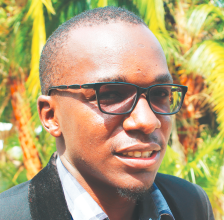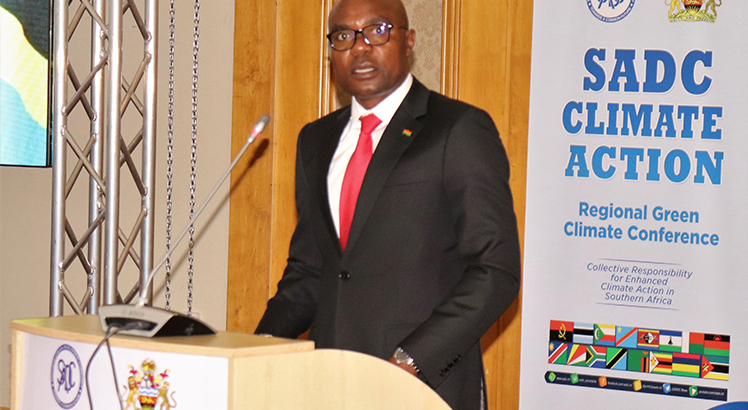‘Behavioural change is key’
While reports indicate that new HIV/Aids infection rates continue to decrease in the country, infections among adolescents, however, are on the increase. CHARITY KABONDO explains in this interview with FATSANI GUNYA the causes and how best it can be nipped in the bud.

Q1
What is the country’s current situation on adolescent health?
A1
You may be aware that of the country’s total population of about 16 million, 56 percent are children under 18 years. HIV prevalence increased from 0.4 to 2.7 percent in boys and from 3.7 to 4.2 percent in girls; according to the 2004-2010 Malawi Demographic Health Survey. Most young people become sexually active during adolescence and often have no access to family planning resulting in high teen pregnancies.
Q2
Why are more adolescents being infected by the pandemic at a time when the country’s infection rates are decreasing?
A2
I think we cannot manage to have a single case to attribute or explain the issue at hand. But there are a number of causes, one of which is lack of information. The information I am talking about is more than what can be propagated through various media across the country. Of course, despite living in an information age, most of the youths rarely have the urge in them to listen to sound advice, nor do they have time for it. They are mostly into music. Our culture of secrecy as a society has also over the years contributed to the knowledge gap among our youth. Children, by nature, are bound to believe what their parents or guardians tell them from a tender age than from anyone else. But we are never articulate and usually treat various issues relevant to our life, including sexual reproductive health, as a taboo. As such, we give life to various myths and misconceptions from where the youth roots their life choices. And before we know it, a whole generation would be going to waste due to uninformed choices.
Q3
FPAM largely deals in the promotion of sexual and reproductive health with a bias towards the youth. How are you responding to such a gap?
A3
There are several interventions we have been into to help scale up the spread of sexually transmitted tnfections and other sexual reproductive health challenges in the youth. We believe not only in curative measures but also in preventive measures and much of our interventions lie in information dissemination. We believe knowledge is power and it holds the key to a prosperous future. Of late, we have come up with an intervention that seems to specifically address the need in question. It is a project we are calling Narrowing the Gap: Addressing Adolescents’ Sexual Health and Rights needs and Challenges in Malawi. The initiative, which has a possibility of turning into a full four year project, is funded by the German Government through GiZ in conjunction with government through UNAids.
Q4
Why are you focusing on the adolescents when the other sectors of the population are equally at risk
A4
To begin with, the youth form the majority of the country’s population. It is 60 percent actually. Now, two in five new HIV infections occur in young people aged 15-24 years; 10-40 percent of young unmarried women have had an unintended pregnancy. Complications during pregnancy and childbearing are the leading cause of death among girls aged 15 to 19 years in developing countries. Over 60 percent of all unsafe abortions occur among teenage girls. And as if this is not enough, almost half of all women are married before 18 years in the country. Do we need more reasons why we need to safeguard our youths! That sums up the current situation on Malawi’s adolescent health. Simply put, what they do today will affect our tomorrow.
Q5
Any role the youths can play in this regard?
A5
The youth remain key to this whole intervention. Actually, they need to fully embrace it. But most importantly, they just need to use the knowledge and make use of the various sensitization campaigns various sectors implement for behavioural change. By the end of the day, it all boils down to individual decision making lest they continue to blame others for misfortunes that emanate from their own poor life choices in future.





